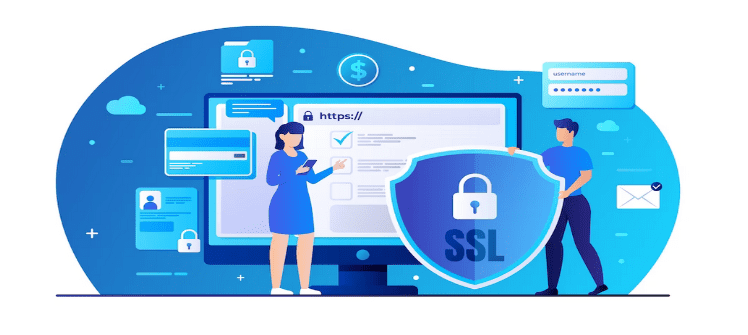Cybersecurity has become the most prioritized for organizations nowadays, with the increase in cyberattacks and data breaches. To securely protect their networks, systems, and data, organizations must invest in cybersecurity measures, including automation. Automation in cybersecurity can help organizations improve threat detection and response, reduce the risk of data breaches, and increase overall security posture.
What is Automation in Cybersecurity?

Automation in cybersecurity is defined to as the technology and software used to automate the processes and tasks related to cybersecurity. This involves automating threat detection, response, and remediation, as well as compliance monitoring and reporting. Automation can help to minimize the workload of security teams, improve response times, and provide real-time insights into potential threats.
Benefits of Automation in Cybersecurity

- Improved Threat Detection and Response: Automation can help identify potential threats and respond to them faster than manual methods. Automated threat detection systems can quickly analyse vast amounts of data to detect anomalies and indicators of compromise (IOCs). Automated response systems can also take immediate action to block malicious activity, reducing the risk of data breaches and other cybersecurity incidents.
- Reduced Risk of Human Error: Humans are prone to errors, especially when performing repetitive tasks or under high-stress situations. Automation can help reduce the risk of human error, ensuring that security measures are consistently and accurately applied.
- Increased Efficiency and Productivity: Automation can help security teams work more efficiently by automating routine tasks such as vulnerability scans, patch management, and log analysis. This frees up time for security teams to focus on higher-value activities such as threat hunting and incident response.
- Real-time Insights: Automation can provide real-time insights into potential threats and vulnerabilities. This allows organizations to take proactive measures to prevent cyberattacks and data breaches.
- Improved Compliance: Compliance regulations such as PCI-DSS and HIPAA require organizations to monitor and report on their security measures. Automation can help organizations automate compliance monitoring and reporting, ensuring that they remain in compliance with regulations.
Implementing Automation in Cybersecurity

Implementing automation in cybersecurity requires a strategic approach that takes into account the specific needs and requirements of the organization. Here are some steps to consider:
- Conduct a Security Assessment: Before implementing automation, organizations should conduct a comprehensive security assessment to identify their cybersecurity risks and vulnerabilities.
- Identify Automation Opportunities: Once the risks and vulnerabilities are identified, organizations should determine which tasks and processes can be automated to improve their security posture.
- Choose the Right Automation Tools: Organizations should select automation tools that meet their specific needs and requirements. This may include tools for threat detection, incident response, compliance monitoring, and reporting.
- Test and Deploy: Before deploying automation tools, organizations should test them in a controlled environment to ensure they work as expected. Once the tools have been tested, they can be deployed to production environments.
- Monitor and Evaluate: After automation has been deployed, organizations should monitor and evaluate the effectiveness of the tools. This includes monitoring for false positives and false negatives and adjusting the tools as necessary.
References:
https://reciprocity.com/blog/what-is-cybersecurity-automation/
https://www.splunk.com/en_us/data-insider/what-is-security-automation.html
https://www.redhat.com/en/topics/automation/what-is-security-automation

